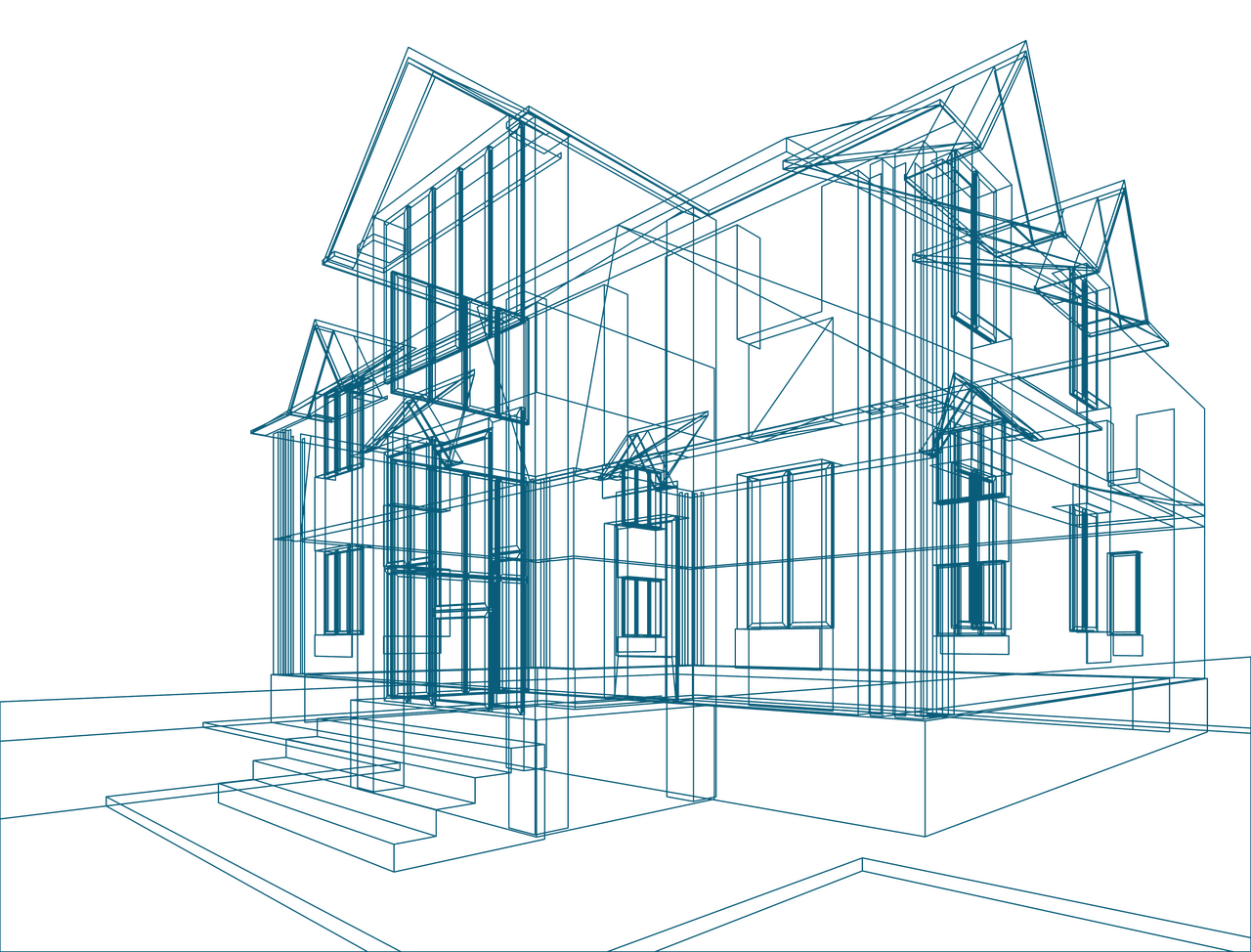

Market report
Digital shift in construction industry
Uncover the future of architectural marketing with our guide to the 2025 media mix. Learn to integrate specifications and social media for maximum impact.
Blogs I published 25 June 2025
From Specs to Social – the Architect’s 2025 Media Mix
You’re at your desk, sketches scattered, BIM open. A supplier email pops up, with a brochure attached. WhatsApp buzzes: a contractor asking for product specs. A colleague pings over a Dezeen link. Your client is waiting for a technical sheet off the manufacturer’s website. This is what the daily media environment looks like for architects in Europe: dense, fragmented, mostly digital – but still tethered to some surprisingly old-school habits.
Architects have moved online, yes. But they aren’t exactly drowning in digital noise. To them, being online means being selective and purposeful. That means no chasing trends, no scrolling for inspiration. Social media? It’s there, but it’s not a go-to. Messaging apps, manufacturer websites, architectural platforms – that works. And traditional media? It hasn’t disappeared. It’s just settled into a more niche and contextual role.
So what exactly are architects using? How are they filtering what matters from what doesn’t? And what do the numbers actually tell us? Let’s look at the specifics.
The Digital Default
When it comes to getting informed, the internet is seminal. 65% of architects across Europe say it’s one of their two most important information sources. But the headline masks variation across countries.
In Germany, 80% cite the internet as a primary resource, with the UK close behind at 74%, and Belgium at 72%. In these markets, architects have integrated web-based tools and content deeply into their daily processes. But head south and the numbers drop. In Spain, for instance, only 33% of architects name the internet as a key channel. A third isn’t negligible, but it’s a telling gap, and it’s not random.
It speaks to differences in how architectural practices are structured, how firms interact with suppliers, and what’s considered trustworthy or efficient in each market. Bottom line: the internet is king – but not everywhere and by no means equally.
Manufacturer Websites Still the Workhouse
If there’s one channel that consistently delivers for architects, it’s manufacturer websites. They’re used by 94% of architects across Europe – the highest of any digital medium – and not for casual visits, but highly specific needs.
Architects go to manufacturer sites for hard, technical information. Not for branding. Not for fluff. The most sought-after content? Technical product specs, ranked number one by 54% of architects, especially in Belgium and France. Price data, important to architects in Germany and France (21%). CAD files and documentation, a priority in France and Poland. Other content like product range, spec texts or general advice matter too, but just below 10%, it’s clear they don’t carry the same weight.
Also worth noting, digital product documentation (PDFs or data sheets…) is used by 91% of architects, and architectural platforms follow at 83%. Tools or apps from wholesalers rank lower at 57%. So, the message is clear – utility wins. Streamlining means it’s searchable, detailed and fast to download.
Traditional Media Isn’t Dead
Despite the steady shift toward digital, traditional media is still alive and kicking – especially when it comes to journals, brochures and catalogues. These formats haven’t vanished; they’ve evolved.
82% of architects still read manufacturer brochures
79% consult professional journals
79% use printed or digital product catalogues
But how they consume this content is changing. In 2025, digital preference for brochures has climbed to 62%, up from 52% in 2023. Professional journals are now nearly split: 43% prefer print, 42% prefer digital, and 15% don’t have a strong preference. So print is no longer default, but it’s not obsolete either. It’s used when it makes sense – to browse, to reference, to leave behind in client meetings. It’s become contextual, not constant.
Country-Specific Trends
Zoom in on specific markets and the picture sharpens even more. Germany leads journal engagement, with 90% of architects actively reading professional magazines. In Spain, the figure climbs even higher to 91%. France, however, is a clear outlier, with just 54% of architects engaging with journals in any form, the lowest in the entire sample. That doesn’t mean they’re less informed; it most likely suggests they’re relying on more digital-first sources.
Social Media – Useful, But Not Core
Architects aren’t on social media for the hype. They’re on it because it’s sometimes the most efficient way to communicate or stay visible – not because they’re chasing the algorithm.
The most-used social media platforms? Messaging apps. WhatsApp, Telegram, and Viber are by far the dominant tools: 63% of architects use them professionally, and 41% daily. These platforms aren’t for inspiration, they’re for coordination. Spain tops usage at 94%, followed by Italy (85%) and the Netherlands (61%). At the bottom: Germany (38%) and France (48%), where communication norms are still more formal and structured.
The rest of the ecosystem is much more fragmented. Visual-first platforms like Instagram, Pinterest and YouTube are in play, mostly for showcasing or reference points, but not as widespread (41%). LinkedIn and Xing take up the professional networking slot, strongest in the UK, Spain, and Netherlands, but noticeably lower in Poland and France. Facebook still clings to relevance in Spain, but across Europe, it barely makes a dent as a business tool. And X (Twitter)? Almost irrelevant. What does this tell us?
Promotion Over Information
Architects aren’t using social media for learning or exploring trends. They’re using it to stay seen. 24% say they use social platforms to promote their business and 25% use them for networking. That’s it. Marketing, not research. Contact-building, not content-chasing.
Following the latest product release or new regulation? That’s happening elsewhere. On websites, via newsletters or in direct contact with manufacturers and reps. Social media is part of the toolkit, not the control panel.
Trade Shows Still Matter
Trade shows may feel old-school, but architects still show up when there’s something to gain. Despite a more digital media environment, over half of architects in countries like France, Germany, Poland and the Netherlands say they plan to attend at least one industry event this year.
The biggest reason? Product discovery; 64% go to see what’s new. 40% attend to track market developments. 30% go for networking. And 17% are there specifically to find new suppliers or manufacturers.
Italy ranks highest in interest, with 68% of architects planning to attend trade shows, followed by Germany (55%) and Poland (53%). Major events include Salone del Mobile (Milan), BAU (Munich) and Batimat (Paris) – each tied to local ecosystems and specific product categories.
These aren’t just marketing junkets. They’re serious business tools, especially for firms that want to see materials up close or meet suppliers face to face.
The Generation Gap Is Real
If you want to understand media habits in architecture, age matters a lot. Not for the title of being more modern. It has more to do with how trust is built, how information is filtered and how tools are actually used at different points in a career.
Younger architects – those under 45 – are digital natives. They use social media more often, more broadly, more strategically. They’re not scrolling, but rather looking for updates, market trends and new suppliers. They read manufacturer brochures (digitally), interact with reps, regularly visit architectural platforms, and use manufacturer tools like online calculators or spec generators.
Older pros – 45 and up – are far more analog. They rely on peers and personal networks for information, read printed magazines, and when they visit trade shows, their primary goal is to get hands-on exposure to new products. They prefer email newsletters, printed catalogues, and expect detailed, technical documentation on manufacturer websites. Nothing fancy, just the facts.
Conclusion
Architects in Europe can’t be clasped in one sweep. They’re neither print-first nor digital-only. They’re media-mixed, context-sensitive and driven by practical needs.
So what works best? Clean, updated and technically rich websites. Purposeful socials, especially on LinkedIn or WhatsApp. Traditional materials ought to be targeted, visual and client-facing. Trade shows need to bring something new to the table.
… meaning? Architects are opening up to change, as long as it happens on their own terms and in ways that support how they work.
Want to get your media strategy right? Start with understanding how architects actually work.
The European Architectural Barometer Q1 2025 has the data. So do our blogs, news articles and webinars. Get in touch today!





